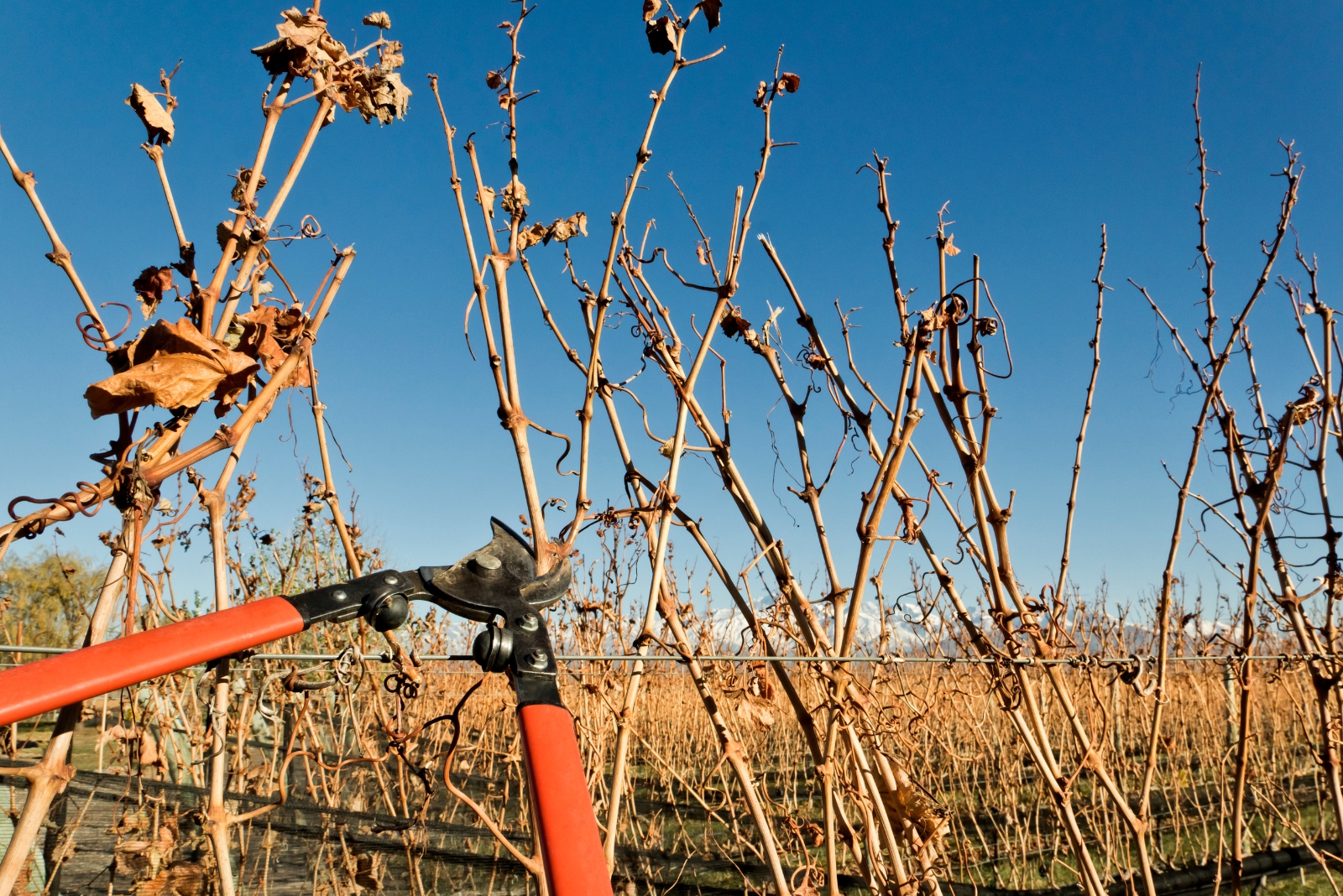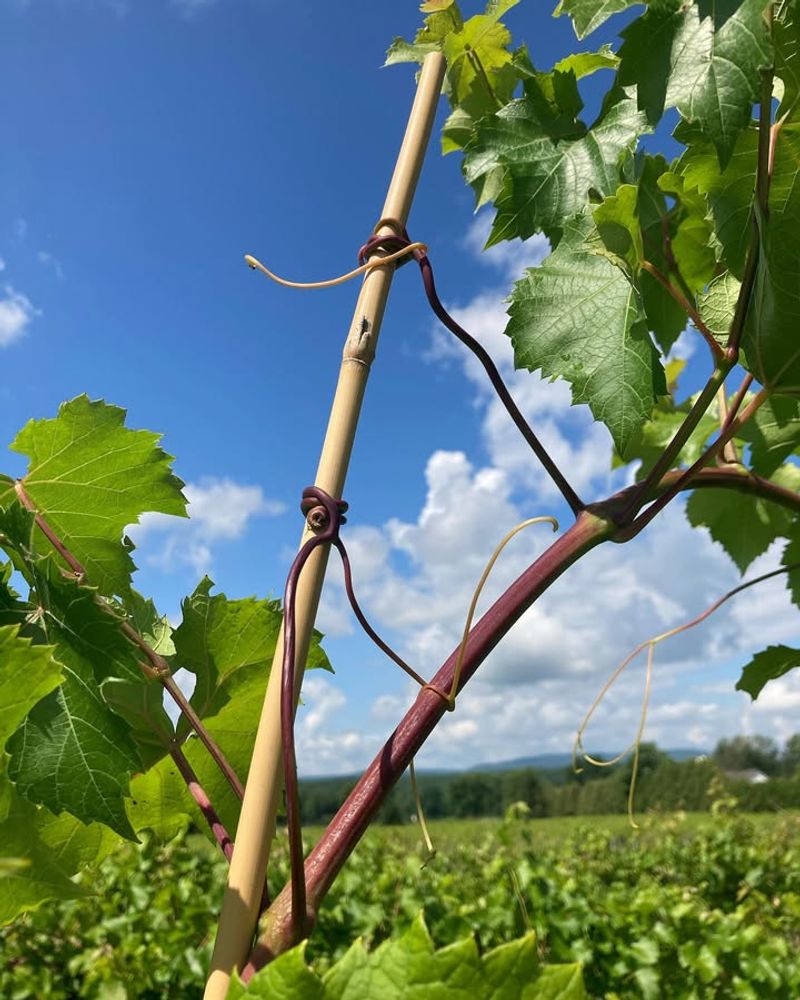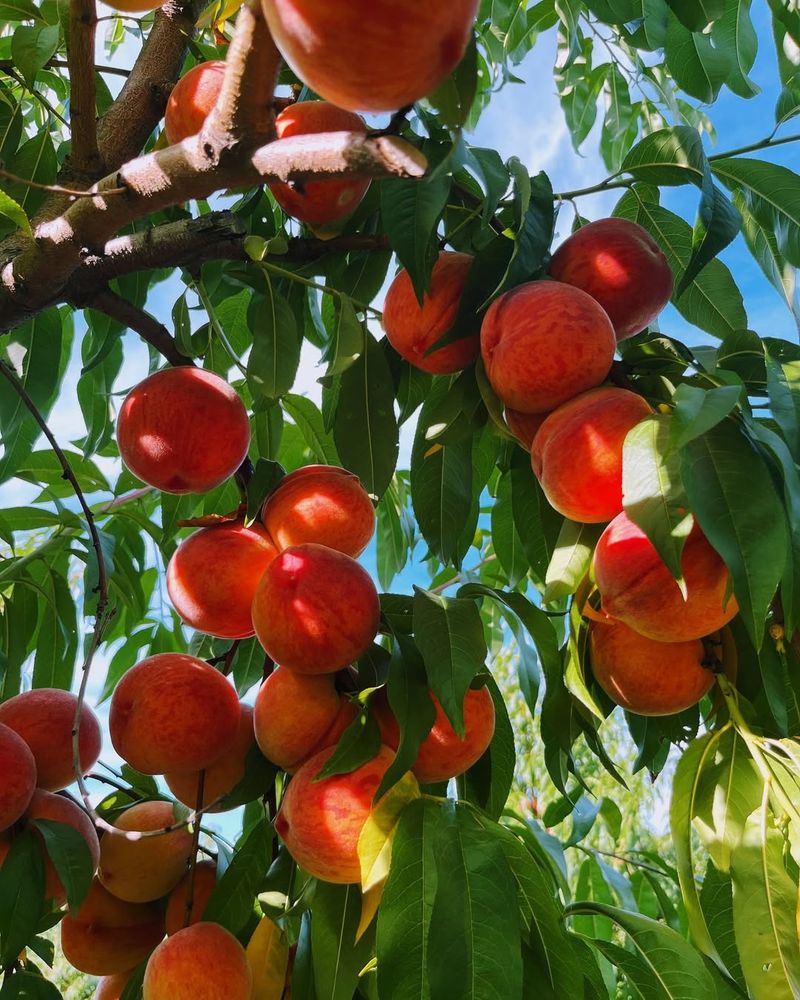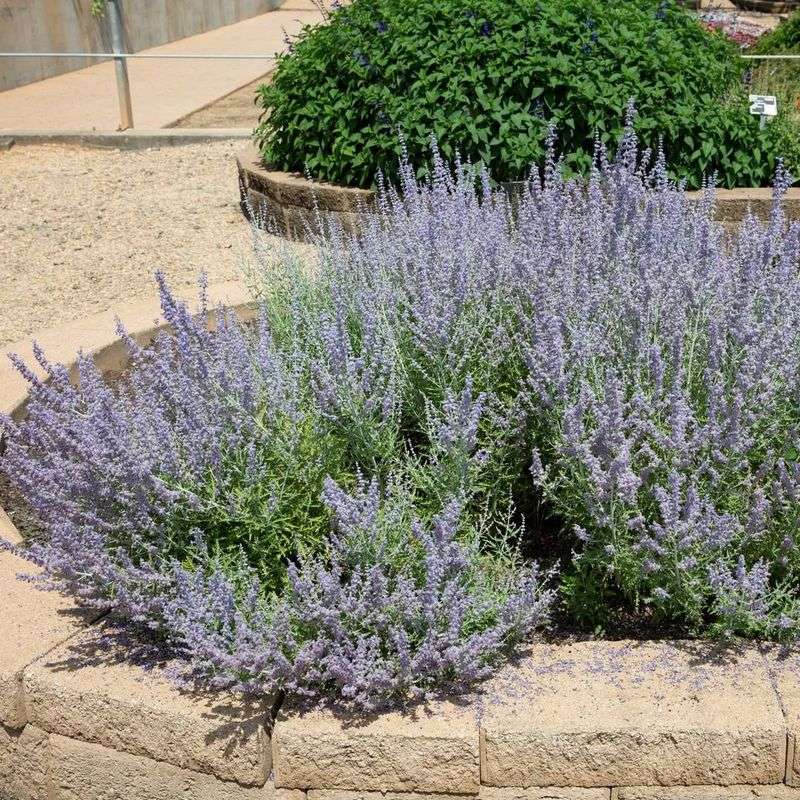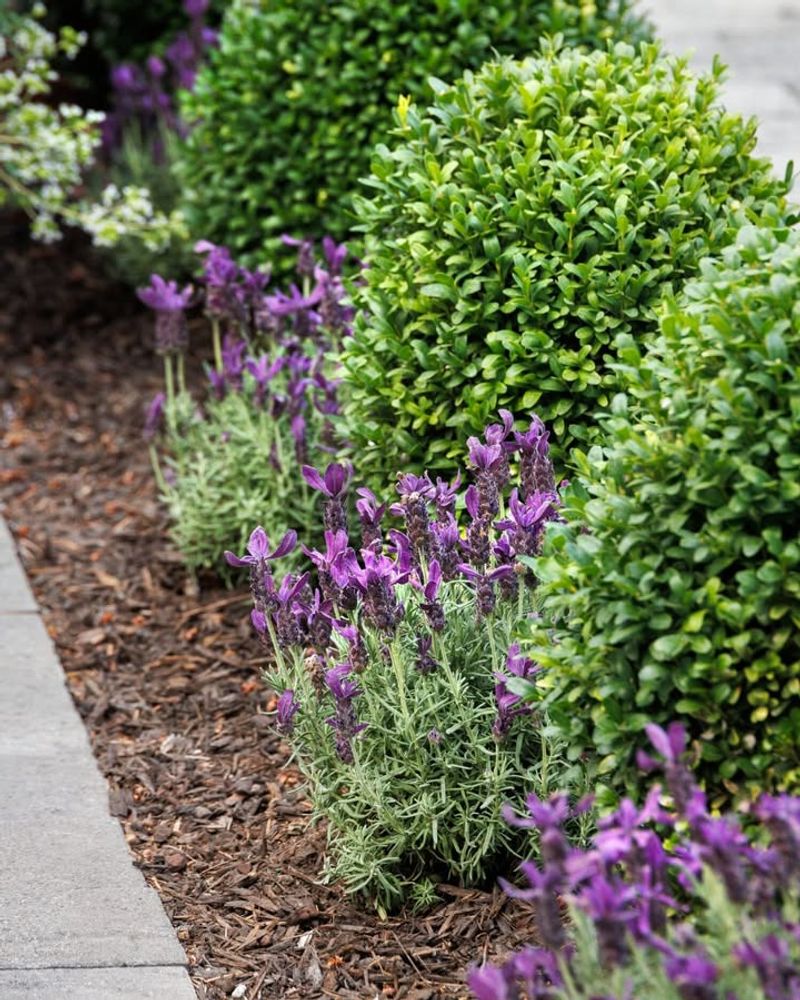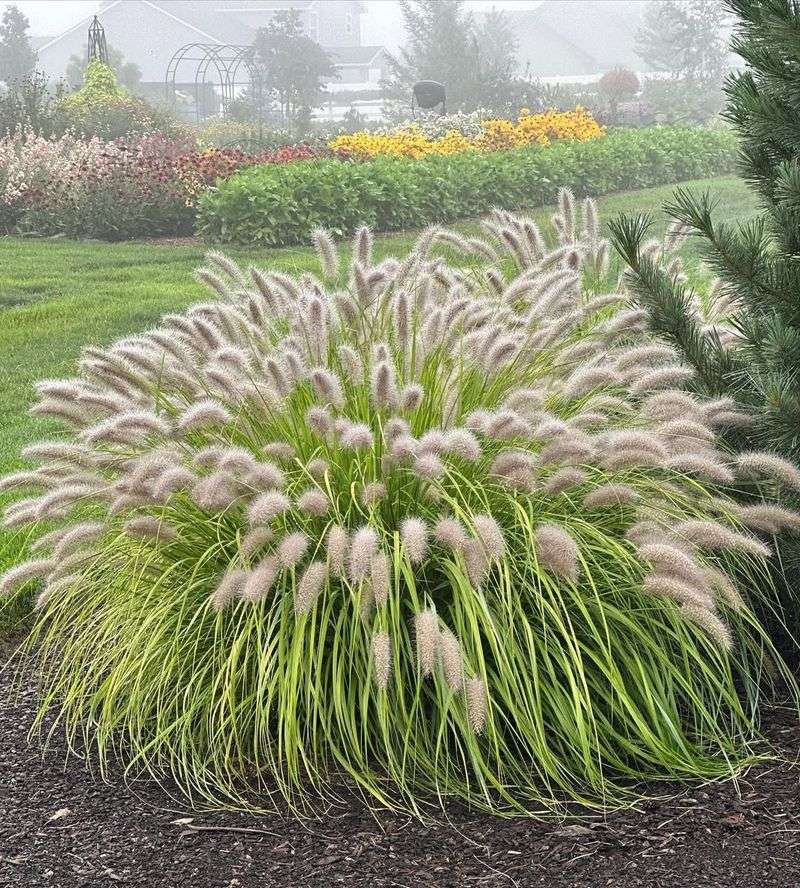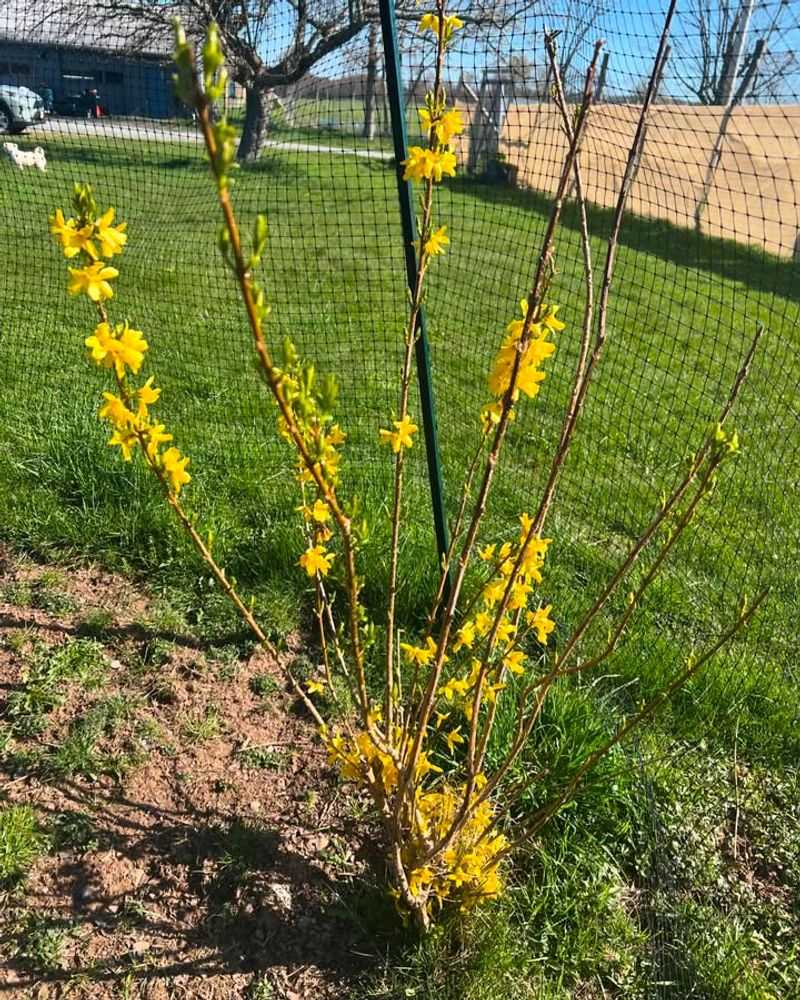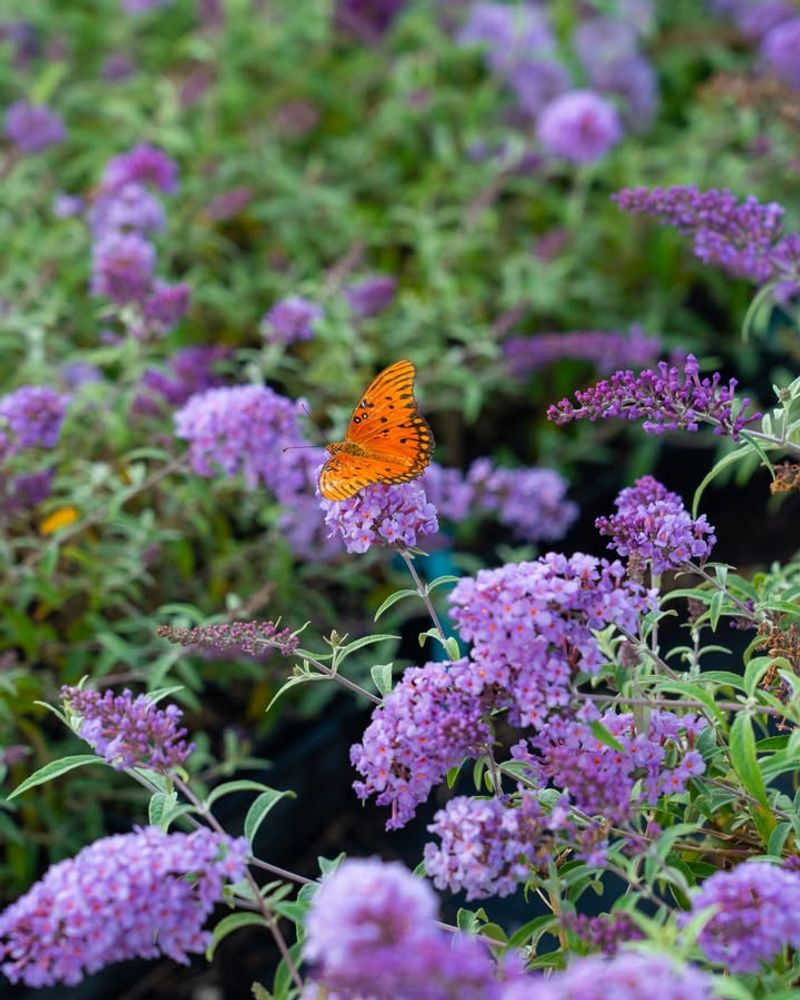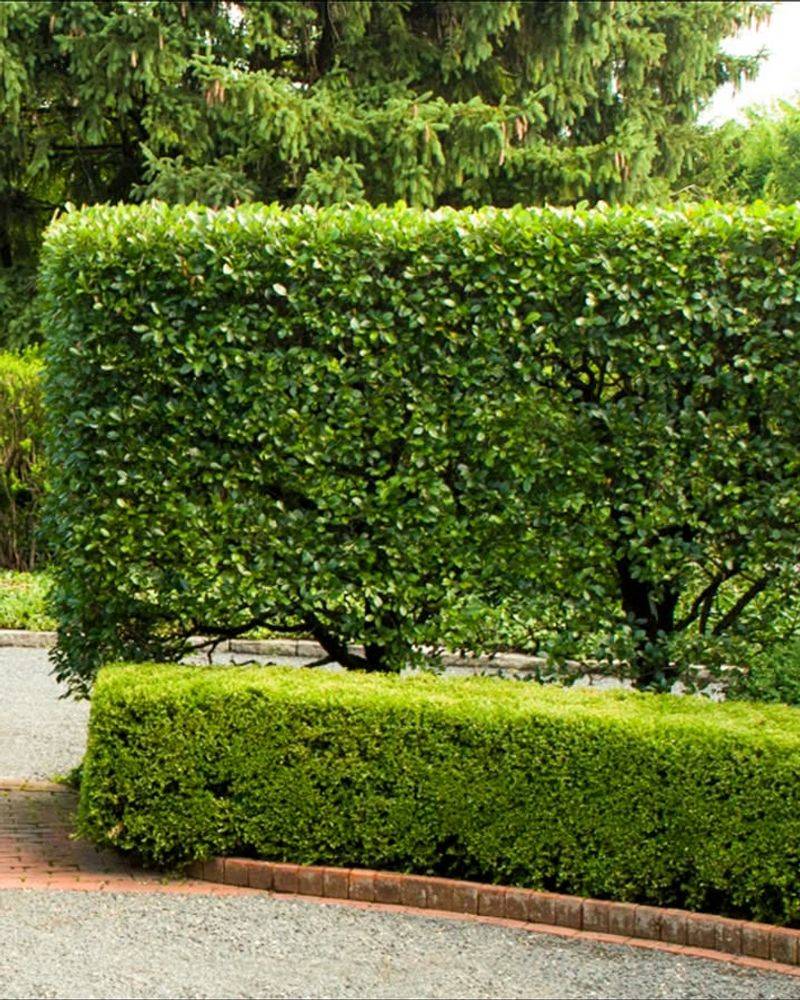November in Nevada signals the start of dormancy for many landscape plants—making it the perfect time to prune with purpose. Cooler temps and slowing growth reduce stress on plants, giving them a clean slate before winter.
But not all plants are ready for a trim. Prune the right ones now, and you’ll set the stage for healthier growth, better blooms, and less maintenance come spring. From flowering shrubs to hardy trees, these 11 plants are prime candidates for a November cut in the Silver State.
1. Rose Bushes
November is when your rose bushes need a good haircut before winter sets in. Cutting back long canes prevents wind damage during those harsh desert storms that blow through Nevada.
Remove any dead or diseased wood first, then trim healthy canes to about two feet tall. This keeps your roses compact and ready to burst with colorful blooms come springtime.
Always use clean, sharp pruning shears to make smooth cuts at a 45-degree angle.
2. Grapevines
After the leaves drop and your grapevines go dormant, it’s pruning time. Nevada’s climate makes November ideal since the vines have finished their growing season and won’t bleed sap excessively.
Focus on removing old wood and keeping only the strongest canes for next year’s fruit production. Proper pruning increases air circulation and sunlight exposure, leading to healthier grapes.
Leave about 90 percent of last year’s growth on the ground when you’re finished.
3. Fruit Trees
Apples, peaches, and apricots all benefit from November pruning in Nevada’s high desert climate. Once the leaves have fallen completely, you can clearly see the tree’s structure and identify problem branches.
Remove crossing limbs, water sprouts, and any branches growing toward the center of the tree. Opening up the canopy allows better sunlight penetration and air movement.
Your fruit trees will reward you with bigger, healthier harvests next summer.
4. Russian Sage
Russian sage thrives in Nevada’s dry conditions and looks stunning all summer with its purple blooms. By November, those flowers have faded and the plant looks a bit scraggly.
Cut the entire plant back to about six inches from the ground. Don’t worry about being too aggressive—this tough perennial bounces back vigorously each spring.
Pruning now prevents the woody stems from becoming too thick and encourages fresh, bushy growth when warm weather returns.
5. Lavender
Lavender loves Nevada’s sunny, dry climate but needs regular pruning to stay healthy and compact. November offers a second pruning opportunity after the main summer trim.
Lightly shape your lavender plants by removing about one-third of their height, focusing on spent flower stalks and leggy growth. Avoid cutting into old, woody stems since lavender doesn’t regenerate well from old wood.
This maintenance keeps plants from splitting open under winter snow.
6. Ornamental Grasses
Ornamental grasses add beautiful texture to Nevada gardens throughout the growing season. By November, they’ve turned golden-brown and provide winter interest, but some gardeners prefer to cut them back early.
If you choose to prune now, cut the entire clump down to about four inches above ground level. Tie the grass in a bundle first to make cutting easier.
Leaving them until early spring is also fine—they provide habitat for beneficial insects.
7. Forsythia
Forsythia puts on a spectacular yellow flower show each spring, but it needs proper pruning to maintain that performance. November pruning in Nevada works because the plant is fully dormant by then.
Remove about one-third of the oldest stems at ground level to encourage new growth. Forsythia blooms on old wood, so avoid heavy pruning or you’ll sacrifice next spring’s flowers.
Just focus on thinning out crowded areas and removing dead branches.
8. Clematis
Clematis vines produce gorgeous flowers but can become tangled messes without proper pruning. November is perfect for tackling this task in Nevada since the plant has stopped growing.
The pruning method depends on your clematis variety—some bloom on old wood while others bloom on new growth. For most late-blooming types, cut everything back to about two feet from the ground.
Check your specific variety’s needs for best results and abundant flowers.
9. Butterfly Bush
Butterfly bushes attract pollinators all summer long with their fragrant purple, pink, or white blooms. Once November arrives and frost has hit, these shrubs look pretty ragged.
Cut your butterfly bush back hard—down to about 12 inches from the ground. This seems drastic, but butterfly bushes bloom on new wood and will grow vigorously from these low cuts.
Hard pruning keeps plants compact and prevents them from becoming too leggy and floppy.
10. Cotoneaster
Cotoneaster shrubs work wonderfully in Nevada landscapes because they’re drought-tolerant and produce bright red berries that birds love. November pruning helps maintain their shape and size.
Remove any dead, damaged, or crossing branches first. Then lightly shape the plant by trimming back overgrown areas.
Cotoneaster tolerates heavy pruning if needed, but moderate trimming usually does the trick. The berries add winter color, so don’t remove all the berry-laden branches if you enjoy their appearance.
11. Privet Hedges
Privet hedges create excellent privacy screens in Nevada yards and tolerate our challenging climate well. November offers one last chance to shape these fast-growing plants before winter.
Trim your privet to maintain the desired height and width, creating a slightly wider base than top for better sunlight distribution. Remove any branches that stick out awkwardly or compromise the hedge’s uniform appearance.
Regular pruning keeps privet dense, attractive, and under control throughout the year.

